Syndrome (Video Game)

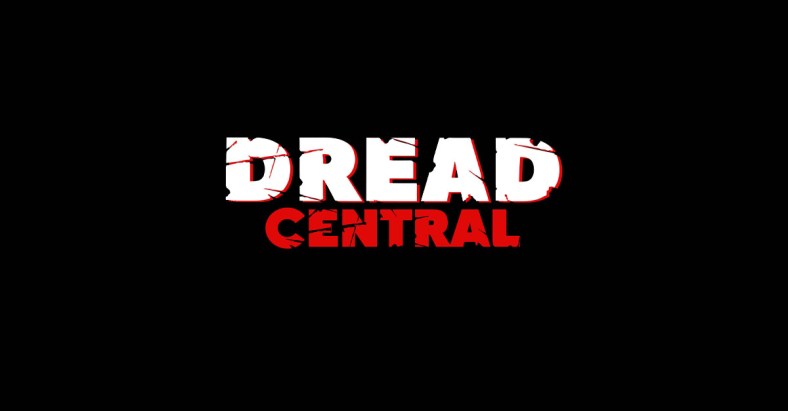 Developed by Camel 101 and Bigmoon Entertainment
Developed by Camel 101 and Bigmoon Entertainment
Available on PC, Mac, and Linux
Rated M for Mature
God damn it, Syndrome. God damn you. Do you realize how bad I want to like you? An original, stylish, true to form horror game? You could be described as, “Dead Space with more tension.” You could be described as, “Alien: Isolation with more action.” Unfortunately both of those have to come with one crucial caveat, “but bad.”
Sometimes I look at a game and struggle to find where it went wrong. That is not the case with Syndrome. It is very obvious where it went wrong. Syndrome is unfinished. Despite the plethora of clearly good ideas, this is a game that lacks the polish to be functional on a basic level. No matter how much I like the great sound design, atmospheric lighting, and decent scares, it’s impossible to overlook clipping through the level because I walked over an enemy’s head and launched into the ceiling.

Also, way too many of the dead bodies look like they are just chillin’.
To its credit, the premise of Syndrome is great. Waking up from cryosleep on a derelict ship, you play as Chief Technician Galen. You have no memory of what happened to the rest of the crew, and your only interaction with other humans is over the radio. But that doesn’t mean you are alone. The previous inhabitants of the ship have been turned into techno-zombies, à la The Borg mixed with Necromorphs. You’ll go through the ship deck-by-deck, repairing systems and fighting off enemies as needed. Plots will twists, backs will be stabbed, and by the end it all comes together well enough.
It’s a compelling framework for a horror game. Each of Syndrome’s decks is designed for a different function, allowing a good amount of diversity for what’s essentially eight levels. Going from the Officer’s Quarters to the Cargo Bay, the aesthetics and layout are immediately recognizably different. It’s a bit hard to tell the difference between the Engineering deck and the Communications, but you’ll have plenty of time to learn. Combat is scarce, with resources even rarer. All said and done, I think there were maybe seven pistol clips in the whole game. When it can take half a clip to kill a single enemy, it’s clear why most of the combat will be done in melee.
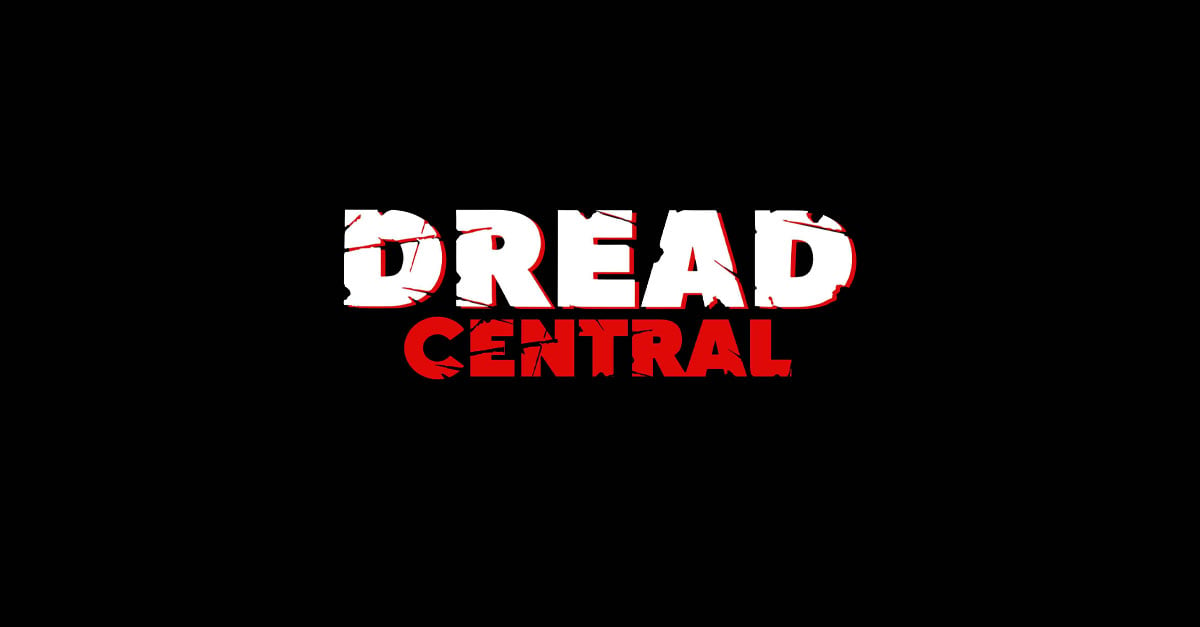
Hiding is also usually an option, since mechano-Frankenstein saw fit to replace some enemy’s eyes with more metal tubes.
You’ll usually want to avoid combat altogether. Not only do enemies not drop any kind of loot, but I’m not exaggerating when I say I died more often to bugs than enemies. Not a single combat went by where I didn’t trade just as many blows with glaring programming errors as shambling techno-zombies smacking me with makeshift bludgeons. It baffled me how frequently I would swing or shoot straight into their torso and it would fail to connect. I did some science, and it seems like if part of the foe was slightly clipping into the wall or if they were walking over a bump, hits would go right through them. That is, of course, when I didn’t encounter the previously mentioned, “launching over their head and through the level” bug.
But hey, at least this comes with the up side of easily abusable AI bugs! Almost every difficult fight can be circumvented with some type of environment workaround. Standing a foot above your enemy? Feel free to smack them without recourse. Going up against one of those blind enemies? Grab a nearby bottle and have your footsteps muffled entirely. If any of that fails, just walk backwards. Nothing will be able to touch you.
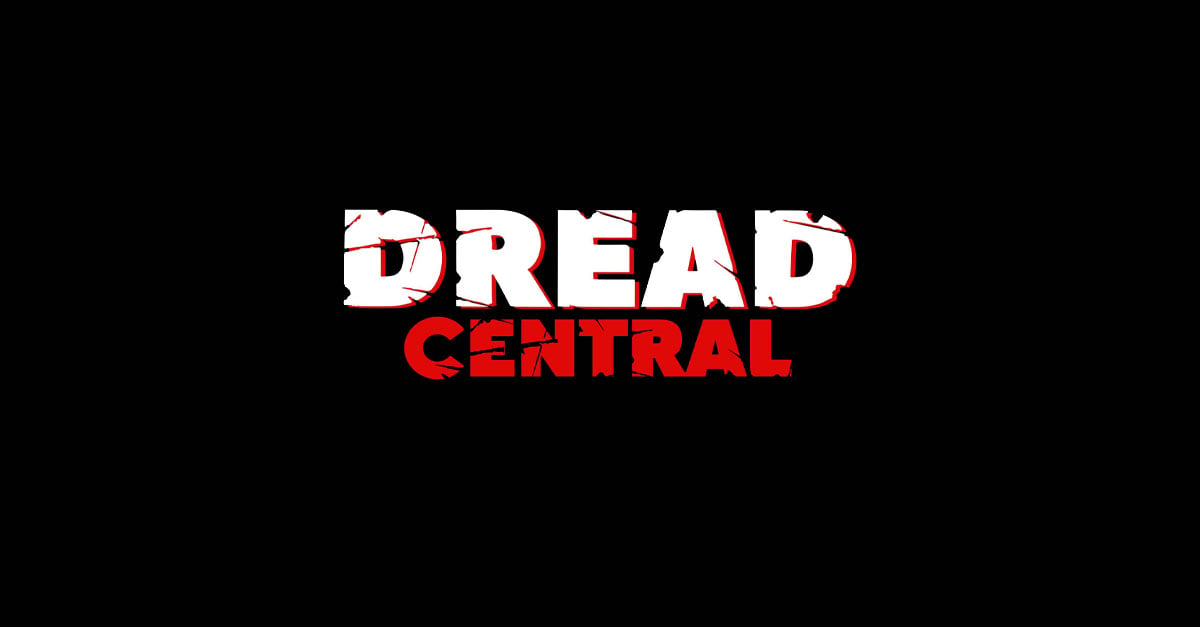
If only in his cyber-zombificiation of mankind, the ultimate evil had considered that maybe his minions would need to raise their arms above their shoulders.
If you do decide to actually engage in combat like Syndrome wants you to, good luck. This is supposed to be a simple melee/block/counter system, but it only works 70% of the time. Blocking takes at least half a second to start, so reaction time doesn’t matter. Even if you do block and deflect a blow, there’s nothing to guarantee that the enemy attack won’t instantly swing again and hit you anyways. If they do recoil from a block as intended, there’s no guarantee that your follow-up blow will actually stagger them. All the while, keep in mind that the enemy might just saunter into an area that renders them entirely unhittable. There’s clearly an intended flow to combat, but it just doesn’t work.
This is taking a lot of willpower, but let’s say that I can live with all of that. I can live with subpar combat if the rest of the game is great. It’s not. When you hear of the multi-deck, exploration gameplay, Metroid comes to mind. I guess it’s kind of like Metroid in the sense that you do things that unlock previous rooms. The problem is that there’s absolutely no freedom or logic to this. You run back and forth between decks just because the game tells you to.
Syndrome has the most blatant attempt to extend gameplay without adding content that I’ve ever seen. At one point, I had to go to the Medical Bay to get a key for the Engineering room on another floor. After finding the key in Medical and running back to Engineering, I found I needed to scan a person’s hand to get into the Engineering room. I ran to the Security Office, only to learn I had to go all the way back to the Medical Bay to find the hand. To recap, I had to go to Deck Five to grab a key for Deck Four, run back to Deck Four, head to multiple rooms in Deck Four, just go back to Deck Five and grab the second key I need to get into Deck Four. If you think I just missed it and could have gotten the hand my first time, you’re wrong.
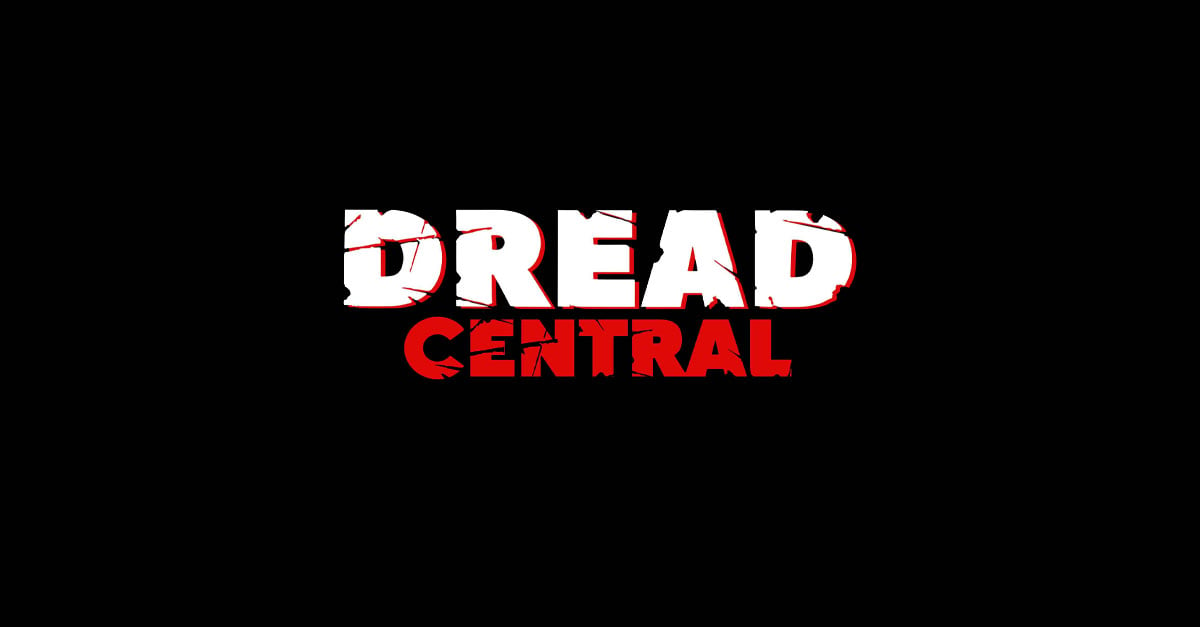
It streamlines significantly in the last act. For example, I only had to run back through the level twice to chop this guy’s head off.
This is the entire game. It’s not an open, exploration driven adventure. It’s a single line that just snakes back and forth for hours. There’s no reason that they couldn’t have streamlined this. Running between the decks is tedious, with a constantly depleting stamina bar and long load times hampering you at every turn. The decks rarely change, with only a handful of encounters the entire runtime. It does nothing to help your immersion or build tension. The backtracking only exists to bump the four hour runtime up to 12. Yes, there is that much backtracking.
There were a few things I really liked about Syndrome. Atmospherically, whoever designed this is a genius. The way that lights click on when you enter a room or a hanging body will silhouette a corridor is the stuff of sci-fi nightmares. Distant screams hint at persistent danger, while the constant hum of machinery reminds you that you are somewhere unnatural. You feel constantly trapped by the metal corridors and dull industrial lighting. It’s thematically genius.
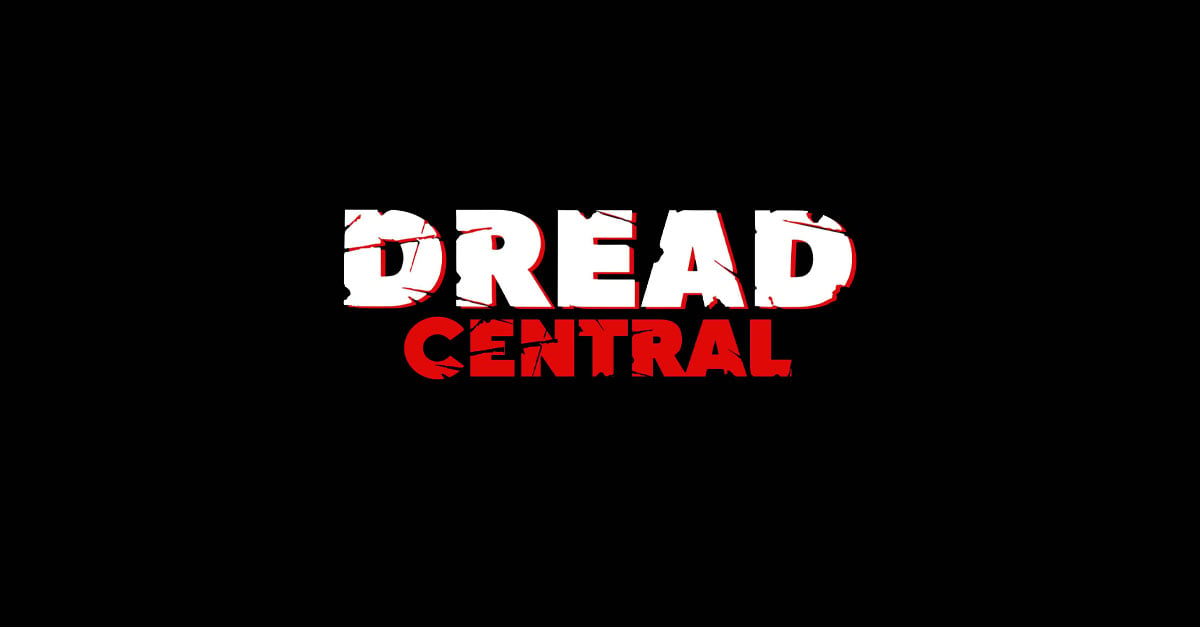
This is the kind of gorgeousness we saw in the Aliens: Colonial Marines trailer and nowhere in the Aliens: Colonial Marines game.
The concept of a single, persistent ship is also great. Rooms have a specific function, meaning that you aren’t likely to find health packs in the turret control room. Most supplies are located in designated storage rooms, somewhat centralizing your searches. There are some scattered supplies in the various key locations, but as I said before these are few and far between. The positive is that the game feels more realistic, with the obvious negative being that many searches prove fruitless. For a game that leads you so strictly on a leash, it just didn’t work. All of the empty rooms just further reminded you of how little freedom you actually have.
It’s easy to forgive an indie game some flaws on the promise of concept. But Syndrome is $25. This is at best a $10 game, and even that’s stretching it. I simply cannot recommend this game. If it goes on sale for $5, pick it up and be genuinely wowed by the atmosphere. If you pay any more, you will be severely let down.
-
Game
Categorized:Horror Gaming Reviews

